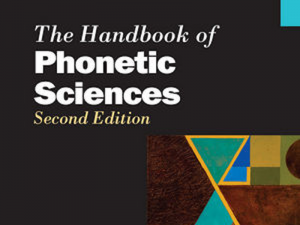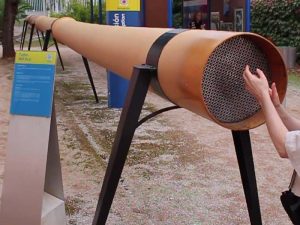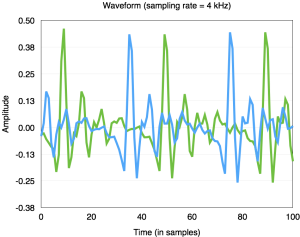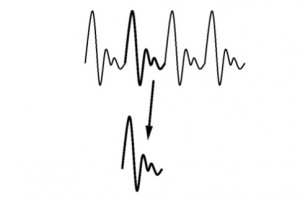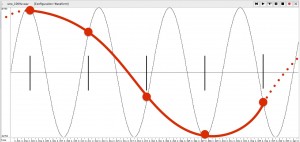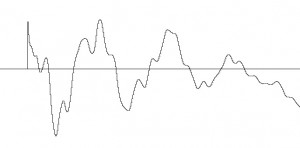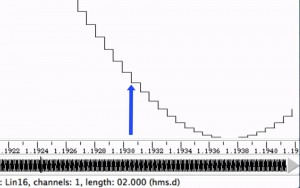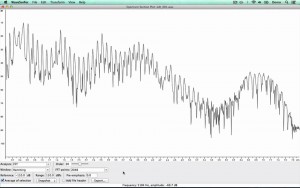Written for a non-technical audience, this gently introduces some key concepts in speech signal processing.
The speed of sound
At the Parque de las Ciencias in Granada, Spain there is this long tube, open at the end nearest you and closed at the far end. We can calculate the length of this tube just from the audio recording, because we know the speed of sound. Here’s the waveform of part of the recording, showing […]
Wave propagation on the surface of water
At the Alhambra (Granada, Spain) I saw this nice example of waves from a point source propagating in all directions at a fixed speed.
Autocorrelation for estimating F0
Most methods for estimating F0 start from autocorrelation. The idea is pretty simple: we are just looking for a repeating pattern in the waveform, which corresponds to the periodic vocal fold activity. For some waveforms, it might be possible to do that directly in the time domain, but in general that doesn’t work very well. […]
TD-PSOLA …the hard way
Time-Domain Pitch Synchronous Overlap and Add (TD-PSOLA) can modify the fundamental frequency and duration of speech signals, without affecting the segment identity – that is, without changing the formants. Normally, it’s an automatic algorithm, but here we do it the hard way – by hand! If you want to follow-along, you will need Audacity and these materials (a […]
Aliasing
In sampling and quantisation we saw that sampling a signal at a fixed rate means that there is an upper limit on the frequencies that can be represented. This limit is called the Nyquist frequency. Before sampling a signal, we must remove all energy above the Nyquist frequency, and here we will see what would […]
Windowing
When we say that a signal is non-stationary we mean that its properties, such as the spectrum, change over time. To analyse signals like this, we need to first assume that these properties do not change over some short period of time, called the frame. We can then analyse individual frames of the signal, one at a […]
Sampling and quantisation
Is digital better than analogue? Here we discover that there are limitations when storing waveforms digitally. We learn that the consequence of sampling at a fixed rate is an upper limit on the frequencies that can be represented, called the Nyquist frequency. In addition to the limitations of sampling, storing each sample of the waveform as a […]
Spectrum and spectrogram
The spectrum and the spectrogram are much more useful ways of analysing speech signals than the waveform. We look at how to create them using Wavesurfer and what effect the analysis window size has on what we see.
